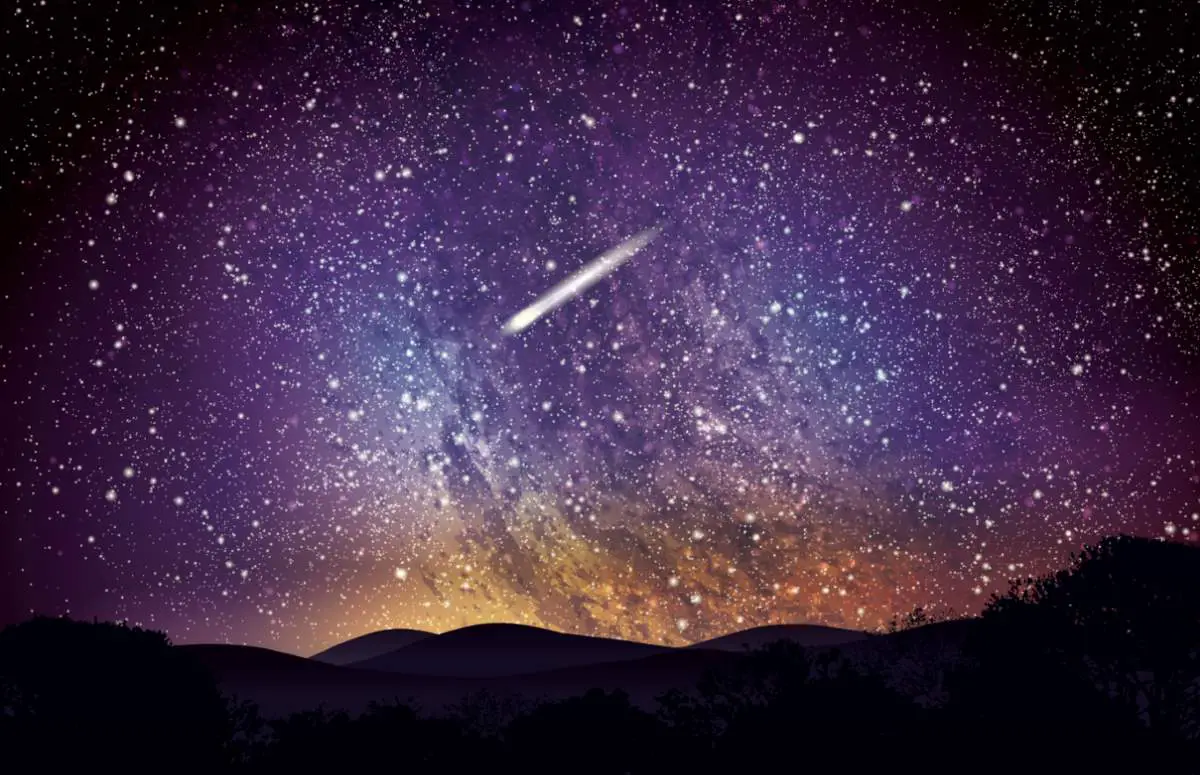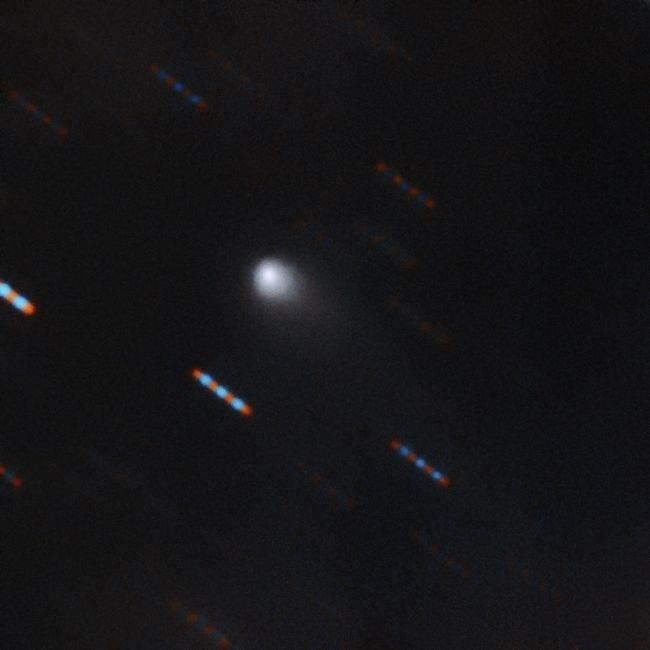After ʻOumuamua, now we are likely to have another interstellar visitor beyond our solar system: comet C/2019 Q4 (Borisov). So the interstellar objects entering the solar system may not be rare at all.
It is the first known interstellar comet ever identified. ʻOumuamua, the first interstellar “rock” ever discovered was an asteroid-like object.
The second interstellar object discovered so far
Gennady Borisov, the Crimean astronomer and veteran comet hunter at the Crimean Astrophysical Observatory discovered C/2019 Q4 on August 30, 2019, using his custom-built 0.65-meter telescope. Hence the nickname “Borisov”.
At the capture time, the object was about 3 astronomical units (AU) from the Sun – which is about 450 million kilometers (280 million miles).
It has a hyperbolic excess velocity of about 30 km/s, which is an important indicator that the object is indeed interstellar. Its hyperbolic path is also another evidence.
Hyperbolic excess velocities under 3 km/s can be explained by gravitational perturbations.


The first color photo of “Borisov”
On the night of 9-10 September 2019, Gemini Observatory successfully captured the first color image of “Borisov”. The image was obtained on the night of 9-10 September using the Gemini Multi-Object Spectrograph on the Gemini North Telescope on Hawaii’s Maunakea.

Andrew Stephens of Gemini Observatory who coordinated the observations said: “This image was possible because of Gemini’s ability to rapidly adjust observations and observe objects like this, which have very short windows of visibility,” said Andrew Stephens of Gemini Observatory who coordinated the observations. “However, we really had to scramble for this one since we got the final details at 3:00 am and were observing it by 4:45!”
The image shows a very pronounced tail, indicative of outgassing, which is what defines a cometary object. This is the first time an interstellar visitor to our Solar System has clearly shown a tail due to outgassing.
‘Oumuamua, our first interstellar “visitor” was a very elongated asteroid-like object with no obvious outgassing.
The orbit animation of C/2019 Q4 Borisov
As of September 14, 2019, C/2019 Q4 is close to the apparent position of the Sun. It is difficult to observe the comet due to the glow of twilight.
Its hyperbolic path, which is evidence of its origin beyond our Solar System, will bring it to more favorable observing conditions over the next few months.
NASA’s statement on C/2019 Q4 “Borisov”
NASA called the object a “comet” and said in a statement that:
The new comet, C/2019 Q4, is still inbound toward the Sun, but it will remain farther than the orbit of Mars and will approach no closer to Earth than about 190 million miles (300 million kilometers).
After the initial detections of the comet, the Scout system, which is located at NASA’s Jet Propulsion Laboratory in Pasadena, California, automatically flagged the object as possibly being interstellar. Davide Farnocchia of NASA’s Center for Near-Earth Object Studies at JPL worked with astronomers and the European Space Agency’s Near-Earth Object Coordination Center in Frascati, Italy, to obtain additional observations. He then worked with the NASA-sponsored Minor Planet Center in Cambridge, Massachusetts, to estimate the comet’s precise trajectory and determine whether it originated within our solar system or came from elsewhere in the galaxy.
The comet is currently 260 million miles (420 million kilometers) from the Sun and will reach its closest point, or perihelion, on Dec. 8, 2019, at a distance of about 190 million miles (300 million kilometers).
Farnocchia saif: “The comet’s current velocity is high, about 93,000 mph [150,000 kph], which is well above the typical velocities of objects orbiting the Sun at that distance. The high velocity indicates not only that the object likely originated from outside our solar system, but also that it will leave and head back to interstellar space.”
Sources
- C/2019 Q4 (Borisov) on Wikipedia
- “Astronomers spy a 2nd interstellar visitor” on earthsky.org
- 1st Color Photo of Interstellar Comet Reveals Its Fuzzy Tail on Space.com
- “Gemini Observatory Captures Multicolor Image of First-ever Interstellar Comet” on gemini.edu
- “Newly Discovered Comet Is Likely Interstellar Visitor” on NASA Jet Propulsion Laboratory website
- Moon Landings: All-Time List [1966-2025] - February 2, 2025
- What Is Max-Q and Why Is It Important During Rocket Launches? - January 16, 2025
- Top 10 Tallest Rockets Ever Launched [2025 Update] - January 16, 2025